

Articles
How To Get Rid Of Pigeons In The Attic
Modified: December 7, 2023
Learn effective methods and articles on how to eliminate pesky pigeons from your attic. Safely and permanently get rid of these unwanted guests.
(Many of the links in this article redirect to a specific reviewed product. Your purchase of these products through affiliate links helps to generate commission for Storables.com, at no extra cost. Learn more)
Introduction
Welcome to our comprehensive guide on how to get rid of pigeons in the attic. Pigeon infestations can be a common problem, especially in urban areas. These pesky birds have a knack for finding their way into attics and making themselves at home. Not only can they cause damage to your property, but their droppings can also pose health risks.
In this article, we will provide you with valuable insights into understanding the issue of pigeons in the attic, assessing the problem, and identifying entry points. We will also guide you through effective methods to block entry points, remove pigeons, and deter them from returning.
So, if you’re tired of dealing with cooing pigeons and want to reclaim your attic, keep reading for expert advice and step-by-step instructions to tackle this problem head-on.
Before we dive into the solutions, let’s take a closer look at why pigeons are drawn to attics in the first place.
Key Takeaways:
- Understanding the reasons behind pigeon infestations in attics and the potential risks they pose is crucial for effectively addressing the problem and implementing long-term solutions.
- Combining humane removal methods, thorough cleaning and disinfection, and effective deterrent techniques can help homeowners successfully get rid of pigeons in their attics and maintain a pest-free environment.
Read more: How To Get Rid Of Pigeons On Your Balcony
Understanding the Issue
Understanding why pigeons are drawn to attics is essential in effectively addressing the problem. Attics provide an ideal nesting and roosting environment for pigeons, offering them protection from predators and the elements. Additionally, attics often provide an abundant food source, as they can contain stored grains or be a feeding ground for other pests such as rats or insects.
Pigeons are also highly adaptable birds. They can squeeze through small openings and find their way into attics through damaged vents, gaps in eaves, or even holes created by other animals. Once inside, pigeons will build nests using twigs, leaves, and other materials they find, leading to potential damage to insulation, wiring, and other structural components.
Moreover, pigeons are known carriers of various diseases, including Salmonella, E.coli, and fungi that can cause respiratory issues in humans. Their droppings can accumulate over time and create an unsanitary environment, posing health risks to you and your family.
By understanding why pigeons are attracted to attics and the potential risks they pose, you can take the necessary steps to eliminate them and prevent further infestations.
Now that we have a better understanding of the issue, let’s move on to assessing the problem in your attic.
Assessing the Problem
Before taking action to get rid of pigeons in your attic, it’s vital to assess the extent of the problem. Understanding the severity of the infestation and identifying specific areas where pigeons are roosting will help you develop an effective plan of action.
Start by inspecting your attic carefully. Look for signs of pigeon activity, including nests, droppings, feathers, and damaged insulation. Pay close attention to areas near vents, openings, and rooflines, as these are common entry points for pigeons.
If you notice only a few pigeons or signs of recent activity, the infestation might be relatively minor. However, if you observe multiple nests, considerable damage, or a significant number of birds, the problem may require more extensive measures.
Take note of any potential access points or areas where pigeons may be entering the attic. This will help you in the next step to block these entry points effectively.
Additionally, consider the time of year. Pigeons tend to breed and nest during certain seasons, so understanding their breeding patterns can help you determine the urgency and appropriate timing for removal.
It’s also crucial to assess any risks associated with pigeon droppings. Pigeon droppings can carry diseases and pose health hazards, especially when they dry and become airborne as dust particles. If you suspect significant accumulation of droppings in your attic, handle the situation with caution and consider wearing protective gear, such as gloves and masks, during the cleaning process.
By thoroughly assessing the problem, you will be equipped with the necessary information to proceed with the next steps of identifying entry points and blocking them effectively.
Identifying Entry Points
Identifying the entry points through which pigeons are accessing your attic is crucial for effectively eliminating the infestation. By locating and sealing off these entry points, you can prevent pigeons from returning and causing further damage.
Start by conducting a thorough inspection of the exterior of your home, focusing on the areas surrounding the attic. Look for any gaps, cracks, or openings that pigeons could use to enter. Common entry points include damaged or missing vents, loose or broken eaves, gaps in rooflines, and openings around pipes or wiring.
Pigeons can squeeze through incredibly small openings, so it’s essential to be meticulous during your inspection. Even gaps as small as a few inches can be enough for pigeons to enter.
Once you have identified potential entry points on the exterior, move to the interior of the attic. Look for signs of daylight or evidence of pigeon activity, such as feathers or droppings, near these areas. Pay attention to corners, crevices, and any openings or holes in the attic walls or ceiling.
It’s important to note that pigeons may have multiple entry points, so be vigilant and thorough in your inspection.
Make a list of all the identified entry points. This will serve as a valuable reference during the blocking process. Prioritize the larger openings or gaps, as they are more likely to be primary entry points for pigeons.
Remember that effective blocking will require the use of appropriate materials to ensure the entry points are completely sealed off. Mesh screens, hardware cloth, or caulk can be effective options depending on the size and location of the openings.
Once you have identified and documented the entry points, you are ready to proceed with blocking them off to prevent further access by pigeons.
Blocking Entry Points
Blocking off the entry points that pigeons are using to access your attic is a crucial step in preventing their return. By properly sealing these openings, you can effectively keep pigeons out and protect your attic from further damage.
Start by gathering the necessary materials for blocking the entry points. Mesh screens, hardware cloth, and caulk are commonly used to seal openings of different sizes. Ensure that you choose materials that are sturdy, durable, and resistant to bird attempts to remove or bypass them.
Begin with the larger openings or gaps that you identified during the assessment stage. Cut pieces of mesh screen or hardware cloth to cover the openings, allowing for a tight and secure fit. Use screws or nails to firmly affix the material in place.
For smaller gaps or cracks, caulk can be highly effective. Apply the caulk generously to seal off these areas, ensuring there are no gaps that pigeons can exploit.
Be thorough in your blocking efforts, as even the smallest opening can be an invitation for pigeons to return. Pay attention to areas around vents, eaves, rooflines, and any other potential entry points.
It’s important to note that while blocking entry points, you should still allow for adequate ventilation in your attic. Proper airflow is essential to prevent moisture buildup and reduce the risk of mold or other structural issues.
Once all the identified entry points are securely blocked, monitor the attic for any signs of pigeons attempting to reenter. Conduct regular inspections and address any new openings or signs of damage promptly.
By effectively blocking off the entry points, you significantly reduce the chances of pigeons returning to your attic. The next step is to focus on removing the pigeons that may already be present.
Read more: How To Get Rid Of Bats In The Attic
Removal Methods
Removing pigeons from your attic requires a humane and effective approach. While there are several methods available, it’s important to choose those that are safe for both the birds and humans.
One of the most common removal methods is the use of bird traps. There are different types of traps available, including wire cages with one-way entry doors. Place these traps strategically near the entry points or areas where pigeons are roosting in the attic. Ensure that the traps are secure and well-baited with food that pigeons commonly consume, such as grains or seeds. Once trapped, carefully release the pigeons away from your property.
Another removal method is the use of pigeon repellents or deterrents. These can include visual deterrents, such as reflective surfaces or scare devices, and audio deterrents, such as ultrasonic devices or recordings of predator calls. The goal is to create an environment that is unappealing or intimidating to pigeons, encouraging them to leave and find alternative roosting sites.
It’s important to note that removal methods alone may not necessarily prevent pigeons from returning to your attic if the entry points are still accessible. That’s why it’s crucial to combine removal methods with proper blocking of entry points to ensure long-term success.
Before implementing any removal methods, it’s essential to check and comply with local laws and regulations regarding the handling and removal of birds, especially protected species. Some areas may require professional assistance or permits for trap usage or removal of specific bird species.
Now that you have successfully removed or deterred the pigeons, it’s time to focus on making your attic an unwelcome environment for them through various deterrent measures.
Seal off all entry points to the attic, use deterrents like reflective objects or predator decoys, and consider hiring a professional to safely remove any remaining pigeons.
Trapping Techniques
When it comes to trapping pigeons in your attic, it’s crucial to utilize humane and effective techniques. Trapping allows you to remove pigeons safely and prevent them from returning to your attic.
Here are two commonly used trapping techniques:
1. Live Traps: Live traps are designed to capture pigeons without harming them. These traps typically consist of wire cages with one-way entry doors. Place the traps strategically near the entry points or areas where pigeons are roosting in your attic. Ensure that the traps are securely set and well-baited with bird food that pigeons are attracted to, such as grains or seeds.
When a pigeon enters the trap to access the bait, the door will close behind it, preventing escape. Check the traps regularly and, once pigeons are captured, carefully transport and release them away from your property. It’s important to release pigeons in an area where they won’t become a nuisance to others or find their way back to your attic.
2. Funnel Traps: Funnel traps are designed to guide pigeons into a confined space, making it easier to capture them. These traps are constructed using wire mesh, forming a funnel shape leading into a smaller enclosed area. Place the funnel trap near a known entry point or an area where pigeons frequently gather in the attic.
As pigeons move towards the funnel, they will become trapped in the enclosed area. Once captured, you can safely remove them from the trap and release them away from your property.
Remember to exercise caution when handling live traps and captured pigeons. Use gloves and be gentle to avoid causing stress or harm to the birds during the trapping and release process.
Combining trapping techniques with other removal and deterrent methods can help ensure a comprehensive approach to getting rid of pigeons in your attic.
Now that you have successfully removed pigeons from your attic, it’s crucial to implement measures that will discourage them from returning.
Deterring Pigeons
To prevent pigeons from returning to your attic after removal, it’s essential to employ effective deterrent methods. By making your attic an unwelcome environment for them, you can discourage pigeons from roosting and nesting in the future.
Here are a few effective pigeon deterrent techniques to consider:
1. Bird Spikes: Install bird spikes on areas where pigeons commonly perch or roost, such as ledges, windowsills, or the roofline near your attic. These specialized spikes make it uncomfortable for pigeons to land and discourage them from staying in those areas.
2. Bird Netting: Use bird netting to cover larger areas where pigeons may attempt to roost. This physical barrier prevents access to your attic and other potential nesting spots. Ensure that the netting is firmly secured, so pigeons cannot find a way to get through or under it.
3. Visual Deterrents: Pigeons are sensitive to visual stimuli. By incorporating visual deterrents, such as reflective surfaces, predator decoys, or hanging objects that move in the wind, you can create an environment that pigeons find intimidating or unappealing. Their natural instincts will prompt them to seek alternative places to roost.
4. Audio Deterrents: Pigeons are sensitive to certain sounds, especially those resembling predator calls or distress signals. Consider using ultrasonic devices or recordings of these sounds to deter pigeons from your attic. Be mindful of the sound’s volume to avoid causing disturbance to humans or other animals.
5. Maintain Cleanliness: Pigeons are more likely to be attracted to an area with a ready food source. Keep your property clean and free of food debris to discourage their presence. This includes regularly cleaning up bird feeders, securing trash bins, and promptly removing any spilled or leftover food.
Combining multiple deterrent techniques can be more effective in creating an environment that pigeons find inhospitable. Be consistent and vigilant in monitoring your attic for any sign of pigeon activity or attempts to regain entry.
However, if your pigeon problem persists or if you are unsure about implementing deterrent methods on your own, it may be wise to seek professional assistance to ensure a successful and long-term solution.
Now, let’s focus on the cleanup and sanitization process to restore your attic to a safe and hygienic state.
Cleaning and Sanitizing the Attic
Once you have successfully removed pigeons and implemented deterrent measures, it’s important to clean and sanitize your attic to eliminate any remaining droppings, debris, and potential health hazards.
Follow these steps to effectively clean and sanitize your attic:
1. Preparation: Before starting the cleaning process, make sure to wear protective gear such as gloves, goggles, and a face mask to minimize exposure to dust, droppings, and possible contaminants.
2. Removal of Debris: Begin by removing any nests, feathers, and droppings from your attic. Use a vacuum cleaner with a HEPA filter to safely collect the debris, or carefully sweep the area using a broom and dustpan. Dispose of the collected material in sealed plastic bags to prevent any further contamination.
3. Disinfection: After clearing the area of debris, it’s crucial to disinfect the attic. This will help eliminate any bacteria, parasites, or fungi present in the pigeon droppings. Use a disinfectant specifically designed for bird droppings or a mixture of water and bleach to thoroughly clean all affected surfaces. Follow the instructions provided by the disinfectant manufacturer and ensure proper ventilation during this process.
4. Protection and Repair: Inspect the attic for any damage caused by the pigeons, such as torn insulation, chewed wires, or damaged structural components. Replace or repair any compromised materials as needed to restore the attic’s integrity and prevent future pest or insulation problems.
5. Prevention: Take preventive measures to discourage pigeons or other pests from returning to your attic. Install mesh screens or bird netting on vents and openings to block access points. Regularly inspect the attic for signs of re-infestation and address any issues promptly.
Remember, proper cleaning and sanitization are essential not only for aesthetics but also for maintaining a healthy living space. Pigeon droppings can carry various diseases and pose health risks, especially when they dry and become airborne. By thoroughly cleaning and disinfecting your attic, you can create a safe and hygienic environment for your home.
If you’re unsure about handling the cleaning process or if the infestation was severe, it’s recommended to seek professional assistance to ensure thorough cleaning and disinfection.
Now that your attic is cleaned and sanitized, let’s discuss when it might be necessary to seek professional help to tackle pigeon infestations.
Read more: How To Get Rid Of Crickets In The Attic
Seeking Professional Help
While many pigeon infestations can be resolved with DIY methods, there are situations where seeking professional help is the best course of action. Professional pest control experts have the knowledge, experience, and specialized tools to effectively handle more challenging or severe pigeon infestations. Here are a few scenarios where professional assistance may be necessary:
1. Large or Persistent Infestations: If the pigeon infestation in your attic is extensive or has been going on for a long time, professional help is highly recommended. Professionals have the expertise to handle larger populations and implement comprehensive solutions to get rid of the pigeons effectively.
2. Protected or Endangered Species: Some pigeons, such as homing pigeons or certain regional subspecies, may be protected by local, state, or federal laws. If you suspect the presence of such species in your attic, it’s crucial to consult with professionals who are aware of the legal requirements and can assist you in handling the situation in compliance with these regulations.
3. Health Risks or Contaminants: Pigeon droppings can carry various harmful bacteria, parasites, and fungi that pose health risks to humans. If you have significant accumulations of droppings or encounter other potential contaminants in your attic, it’s advisable to seek professional help. They have the necessary protective equipment and knowledge to safely clean and sanitize the area, minimizing health risks.
4. Safety Concerns: Working in an attic environment requires proper safety precautions, especially if you’re not accustomed to working at heights or in confined spaces. Professional pest control experts have the necessary training and equipment to ensure their safety while effectively dealing with pigeon infestations in attics.
5. Recurring Infestations: If you have repeatedly dealt with pigeon infestations in your attic and they continue to return despite your efforts, it may be indicative of underlying issues that require professional expertise. Professionals can thoroughly assess your property, identify hidden entry points, and develop a customized plan to address the root causes of the infestations.
When selecting a professional pest control company, consider their experience in handling pigeon infestations, their knowledge of local laws and regulations, and their approach to humane and environmentally-friendly methods. Don’t hesitate to ask for referrals or testimonials from previous clients to ensure you choose a reputable and trustworthy professional.
By opting for professional assistance when necessary, you can ensure a more effective and efficient resolution to pigeon infestations in your attic, providing long-term peace of mind.
With the information provided in this guide, you are now well-equipped to tackle pigeon infestations in your attic. Remember to combine proper removal methods, deterrent techniques, and regular maintenance to prevent future problems and maintain a pigeon-free environment.
Good luck in reclaiming your attic and enjoy a pest-free living space!
Conclusion
Pigeon infestations in attics can be a nuisance, causing damage to your property and posing health risks. However, with the right knowledge and strategies, you can successfully get rid of pigeons and prevent their return.
In this comprehensive guide, we explored various aspects of dealing with pigeon infestations in attics. We started by understanding the issue, including why pigeons are drawn to attics and the potential risks they pose. Then, we discussed the importance of assessing the extent of the infestation and identifying entry points.
Blocking off these entry points is crucial in preventing pigeons from returning. By using appropriate materials and techniques, you can effectively seal off any openings that pigeons may use to enter your attic.
We then delved into removal methods, such as trapping and deterrent techniques, which allow you to safely remove pigeons and create an environment that discourages their return. The use of humane and effective methods is essential to resolve the infestation without causing harm to the birds or further damage to your property.
Furthermore, we highlighted the importance of cleaning and sanitizing your attic to eliminate any remaining droppings and potential health hazards. Thoroughly disinfecting the area and repairing any damage ensures a safe and hygienic living space.
In certain cases, seeking professional help may be necessary, especially for large or persistent infestations, protected or endangered species, health risks, safety concerns, or recurring infestations.
By combining these strategies and implementing preventative measures, you can effectively resolve pigeon infestations in your attic and maintain a pigeon-free environment in the long run.
We hope that this guide has provided you with valuable insights and actionable steps to address pigeon infestations in attics. Remember to always consider local laws and regulations, and prioritize the safety and well-being of both humans and the birds throughout the process.
Good luck in reclaiming your attic and enjoy a pest-free living space!
Frequently Asked Questions about How To Get Rid Of Pigeons In The Attic
Was this page helpful?
At Storables.com, we guarantee accurate and reliable information. Our content, validated by Expert Board Contributors, is crafted following stringent Editorial Policies. We're committed to providing you with well-researched, expert-backed insights for all your informational needs.
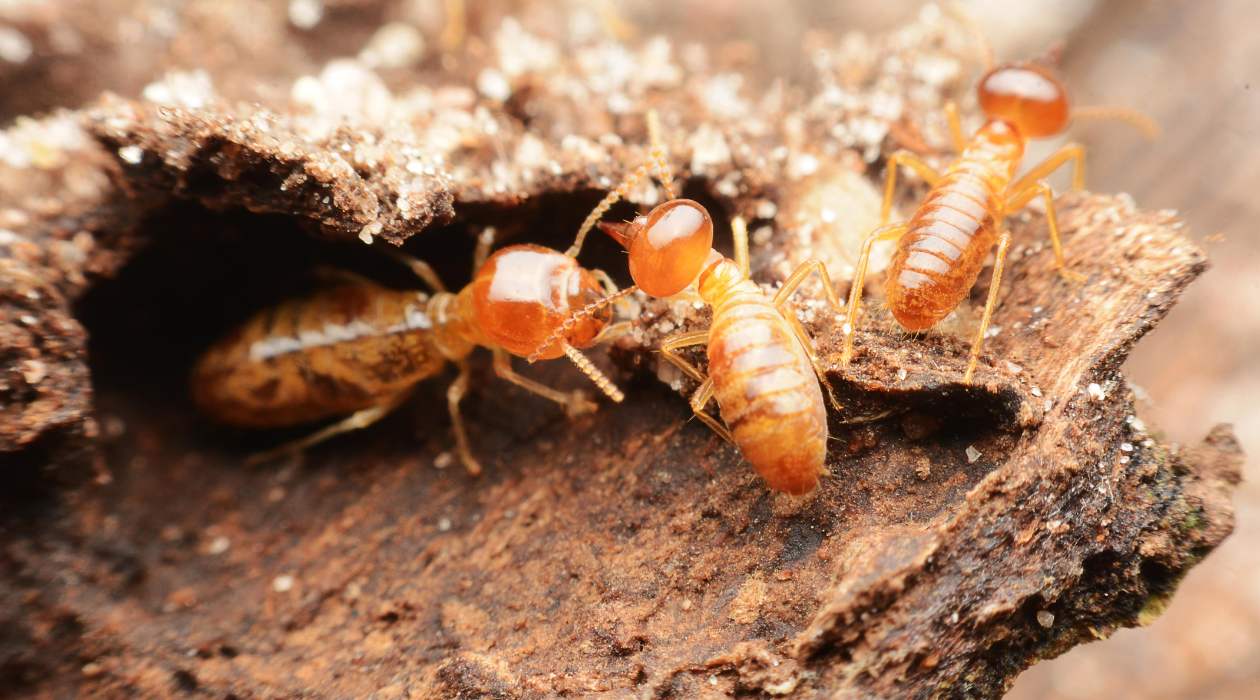
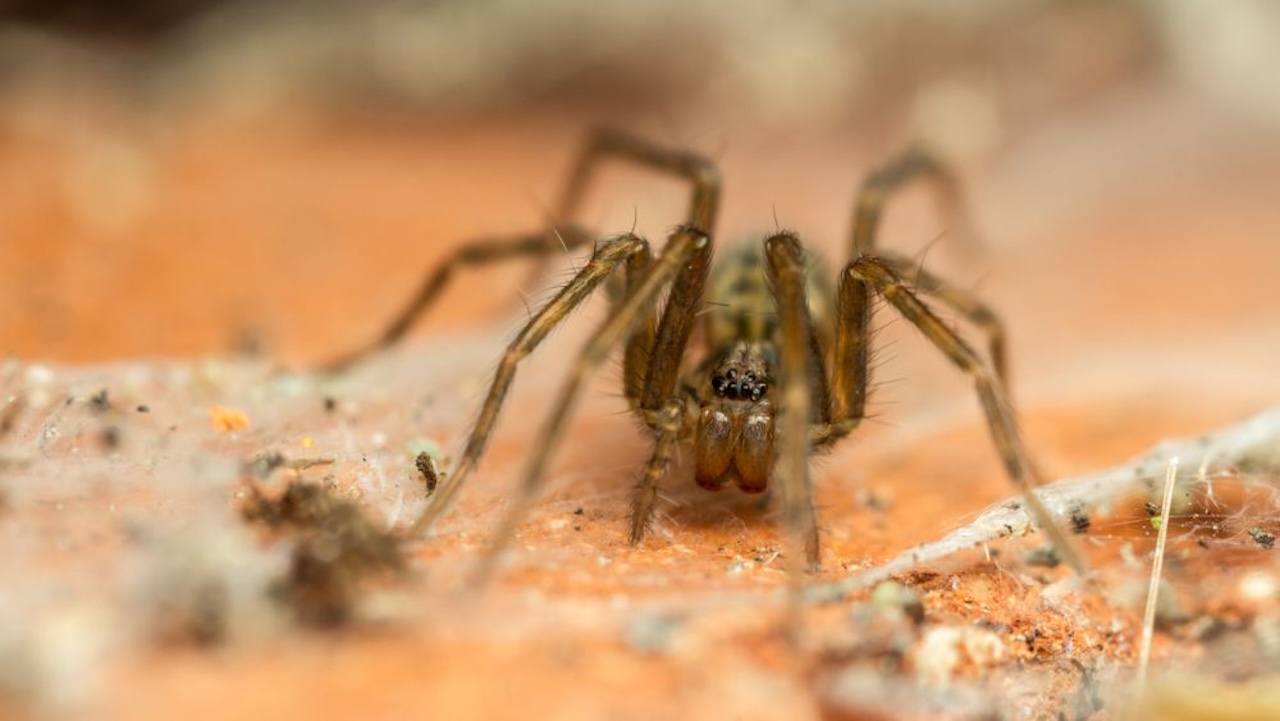
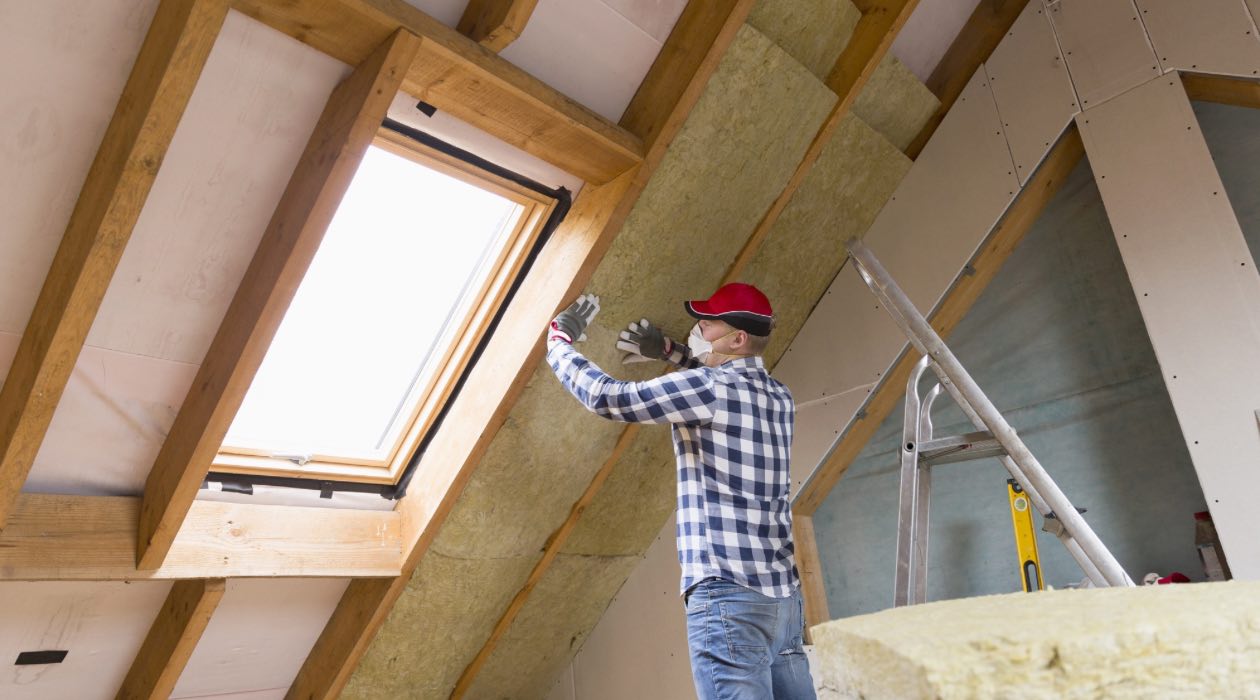
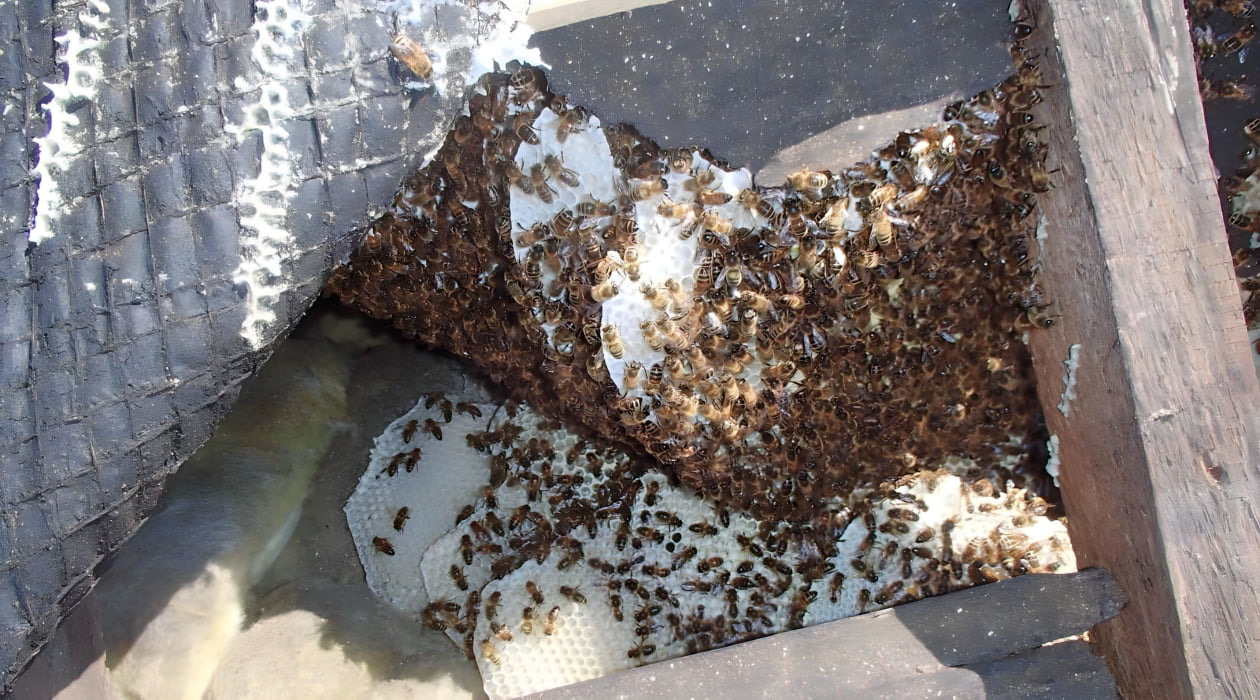
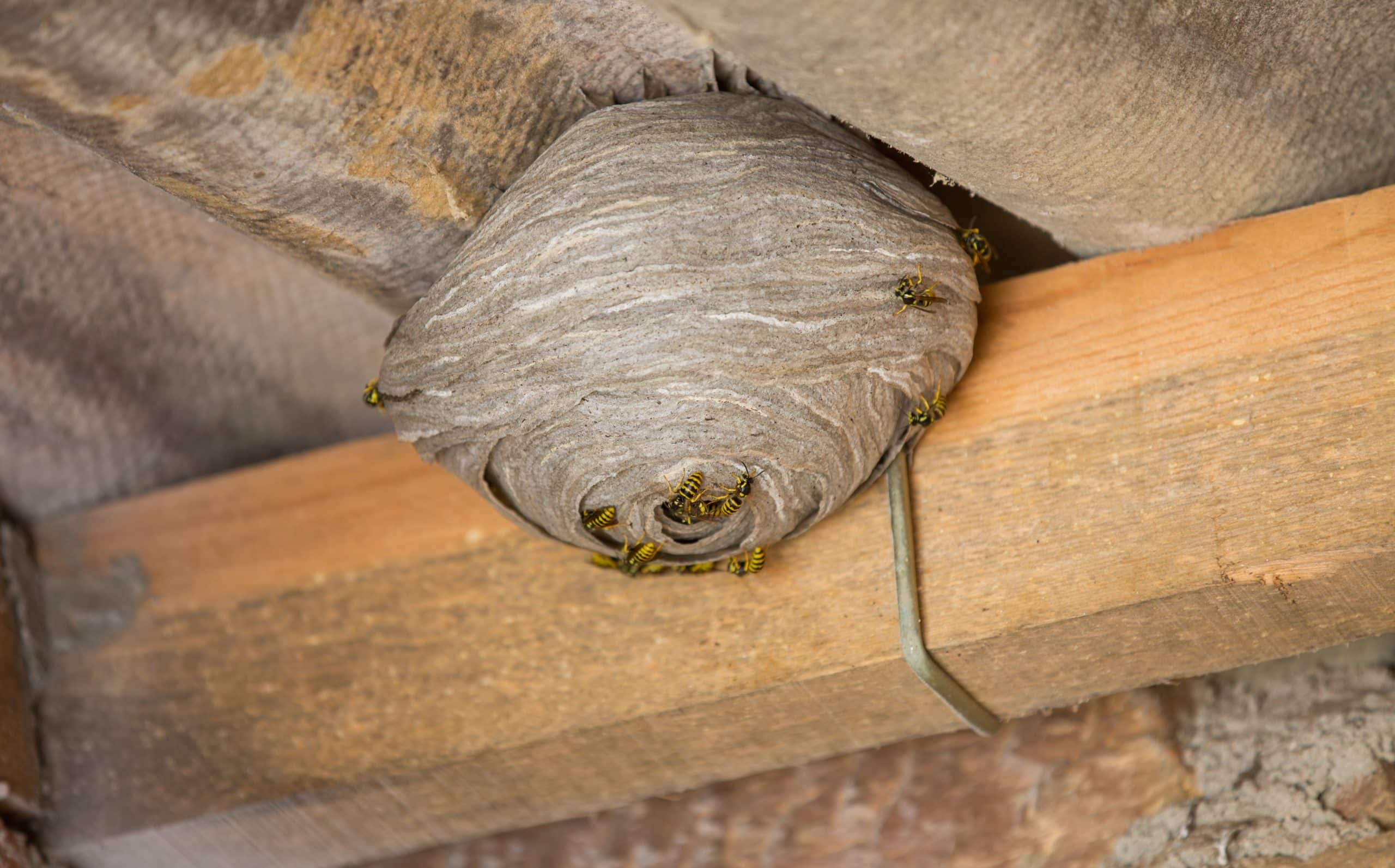
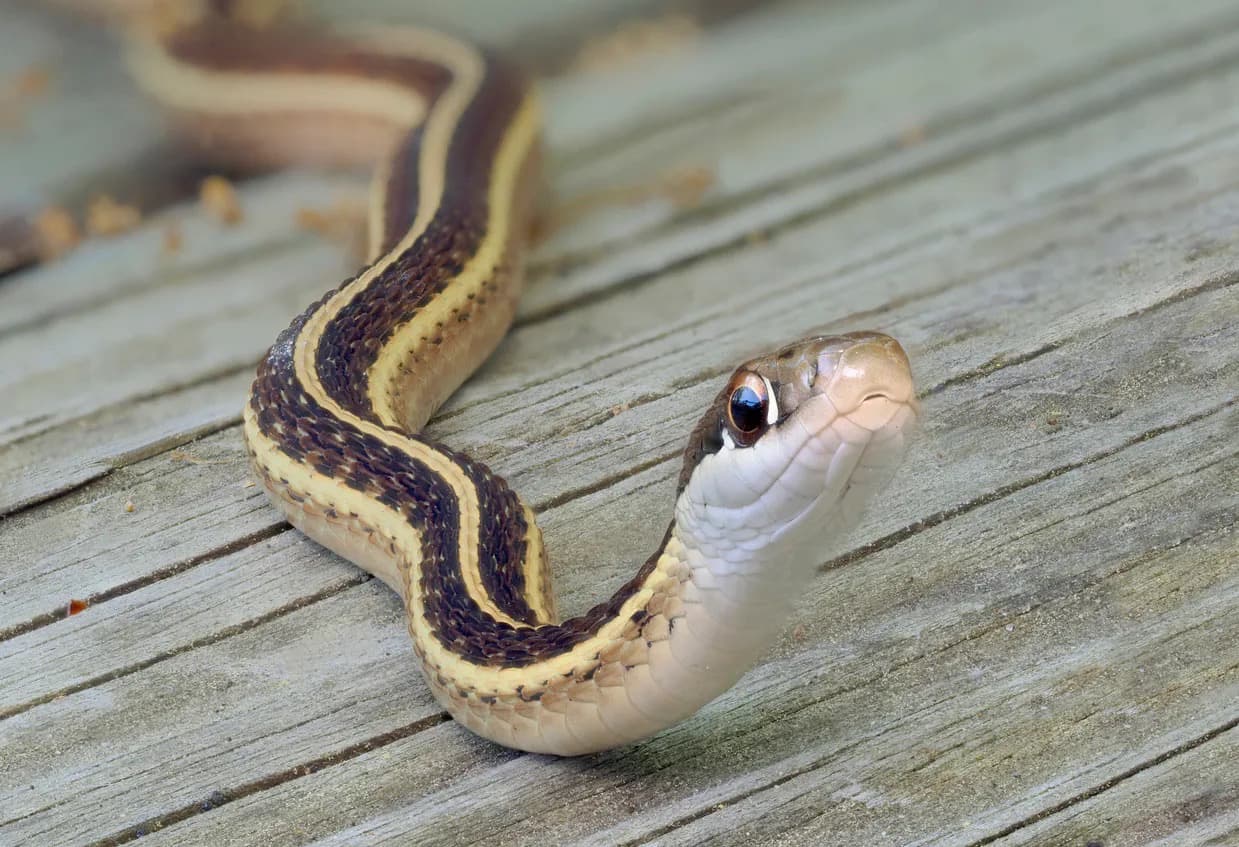
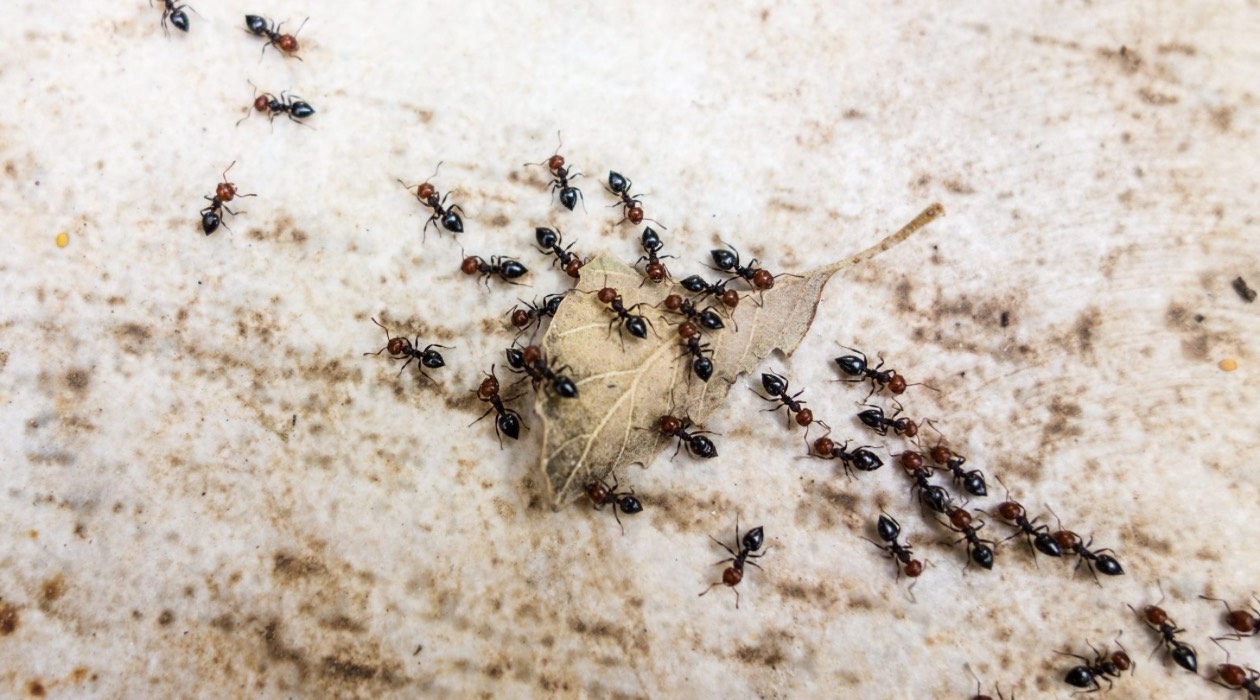
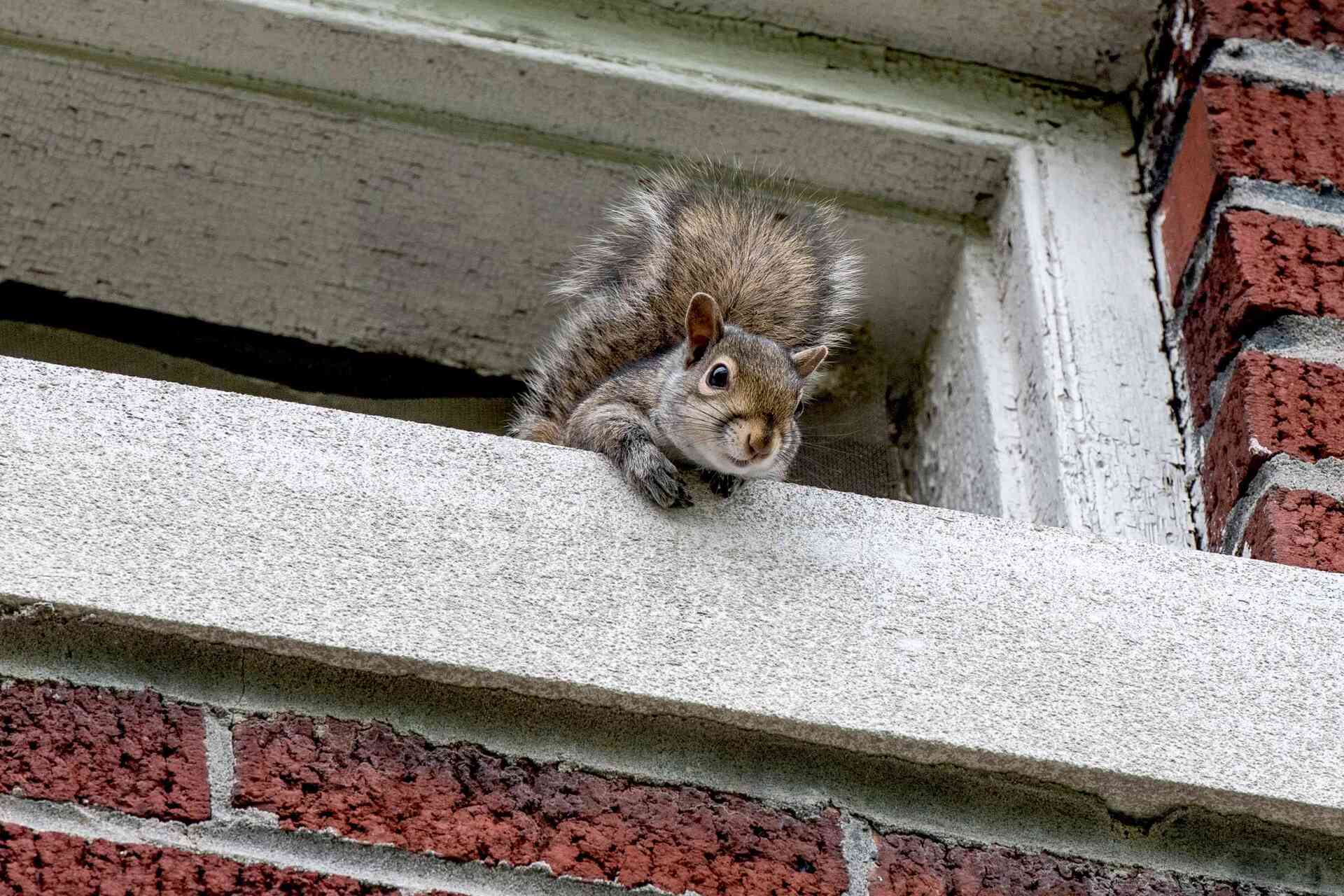
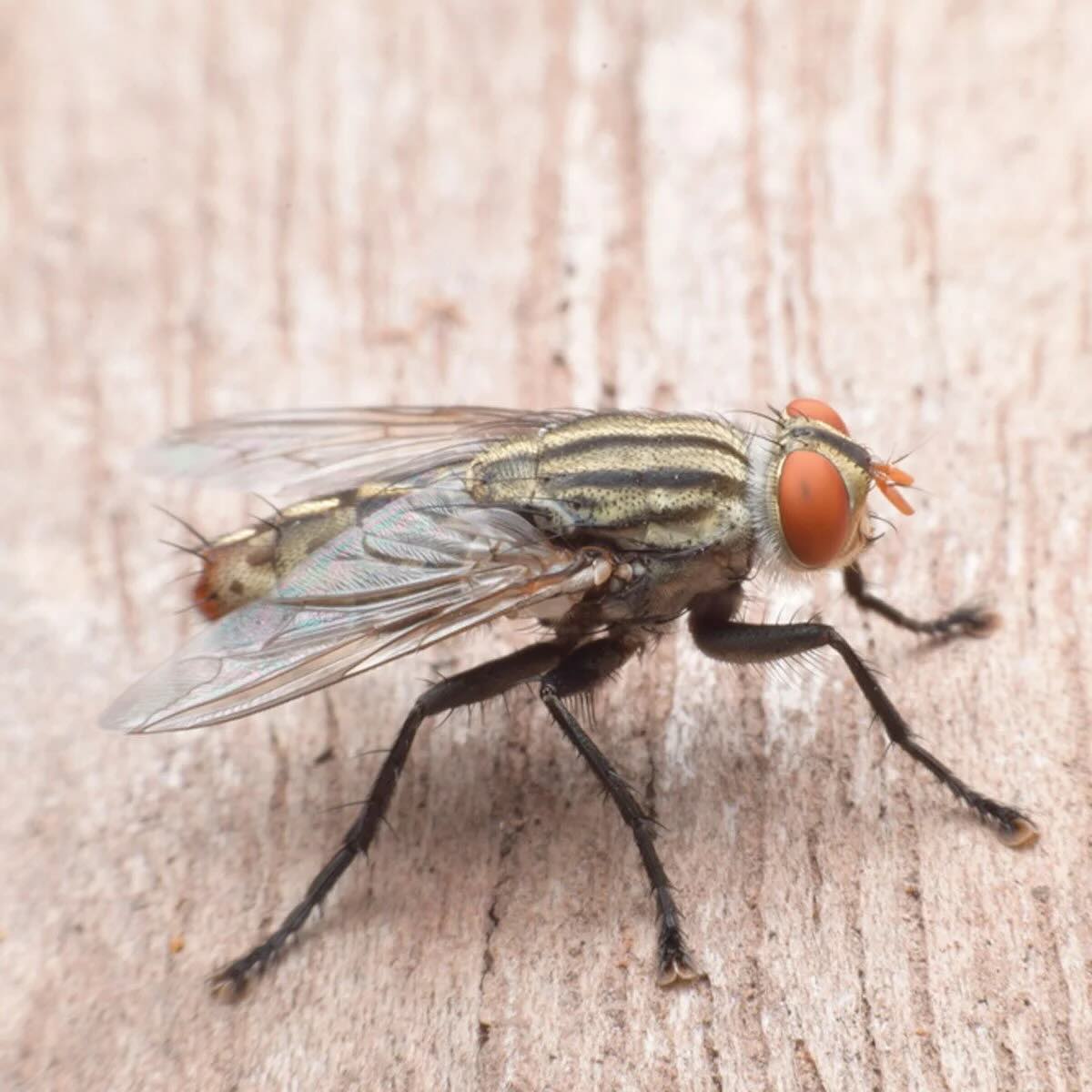
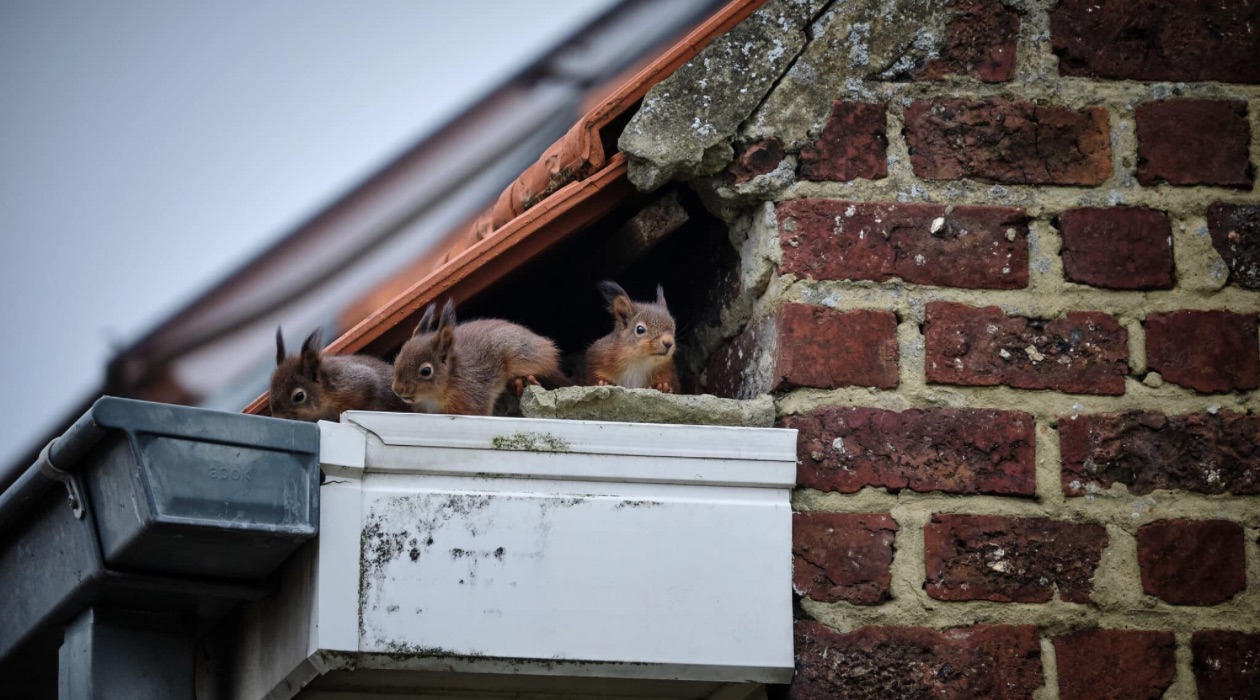
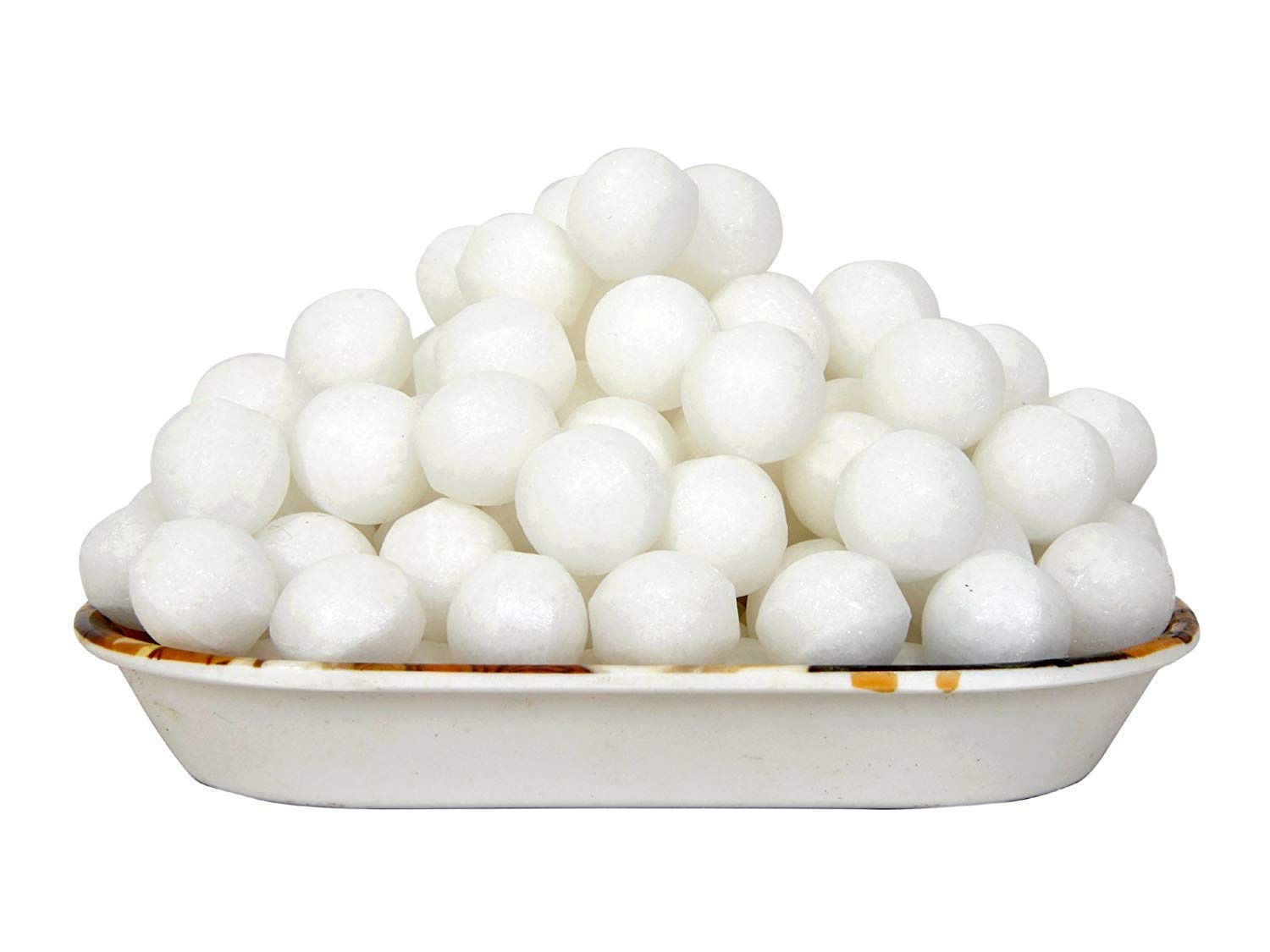
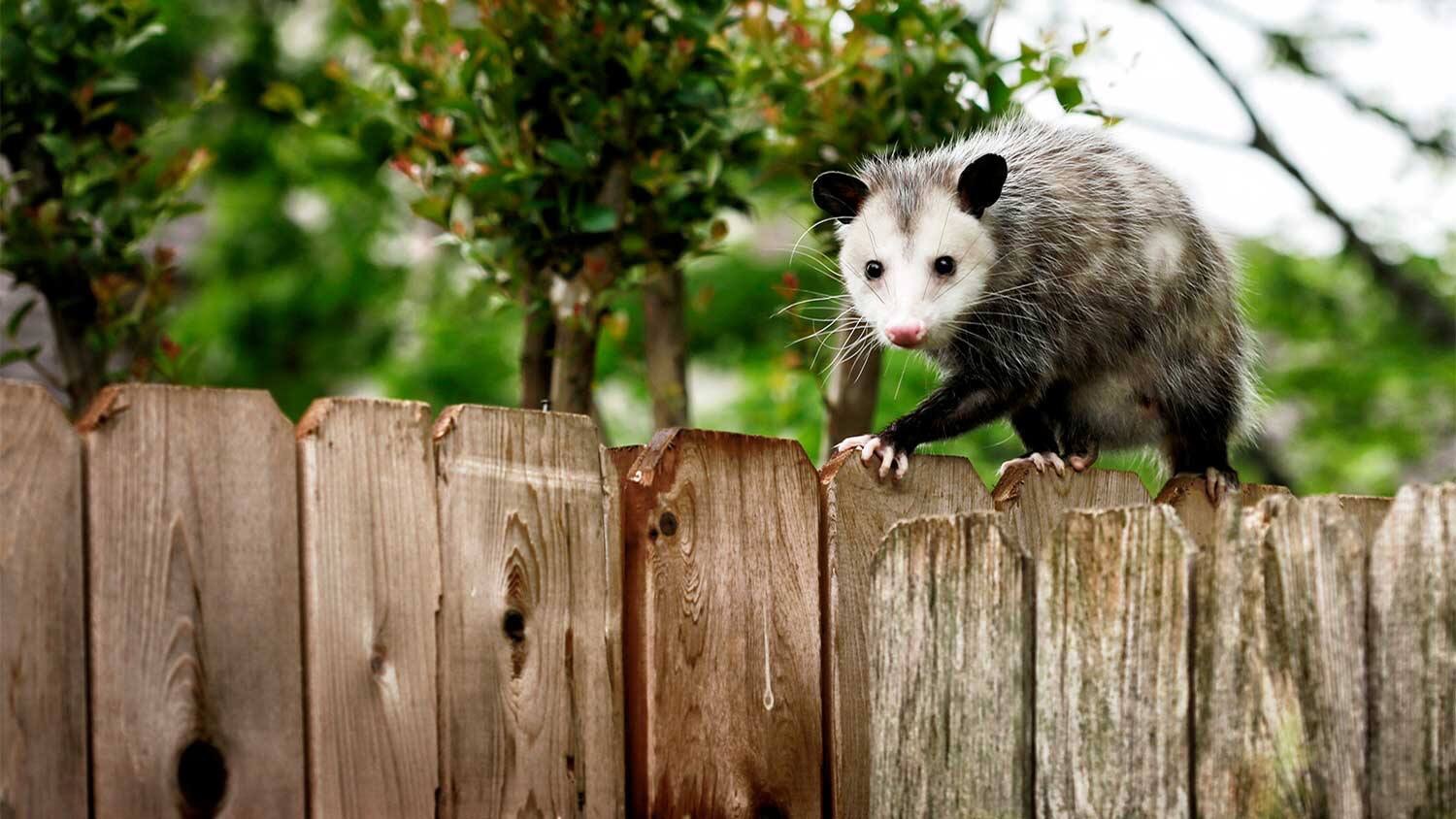
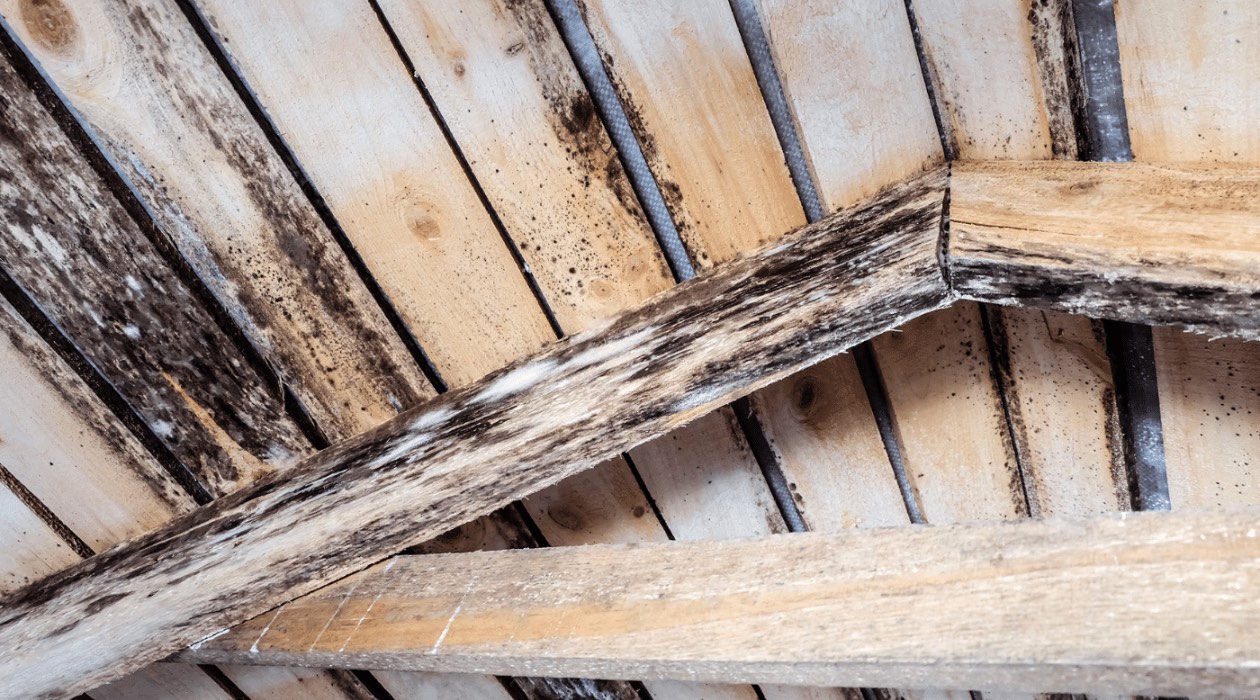

0 thoughts on “How To Get Rid Of Pigeons In The Attic”